Gio An Commune is located in the west of Gio Linh District, with a very important position. In the past, this area was a deep forest and mountains, connecting to the Truong Son range, and was chosen by the Quang Tri Provincial Party Committee as one of the party's safe secret bases.
During the period 1936-1945, many leaders of Gio Linh District Party Committee, Quang Tri Provincial Party Committee, and Central Region Party Committee chose this place to operate and lead the revolutionary movement. In 1938, comrade Le Duan attended the Conference of key cadres of Quang Tri Provincial Party Committee at Hoc Bong location, An Huong village, Gio An commune.
Brave homeland, loyal family
During the years of preparing the revolutionary force, together with many people of Gio An commune, Mr. Lam Cong Luy and his family of father, mother and grandmother devoted themselves to hiding, protecting, supplying, communicating, sharing food and clothes with secret cadres during the most difficult period of the Party and the country.
The Lam family in Gia Binh village has a long tradition of patriotism, always accompanying the history of their homeland. The family is proud to have given birth to many excellent children, loyal to the Fatherland and filial to their families.
In 1883, a son of the family, Minister of Public Works Lam Hoang, followed the war party and led troops to fight the French colonialists at Thuan An seaport when they invaded Hue for the second time from August 18 to 20. The battle was unequal, he was seriously injured on August 20, and did not allow the French to capture him alive. To preserve his reputation, he jumped into the sea and committed suicide.
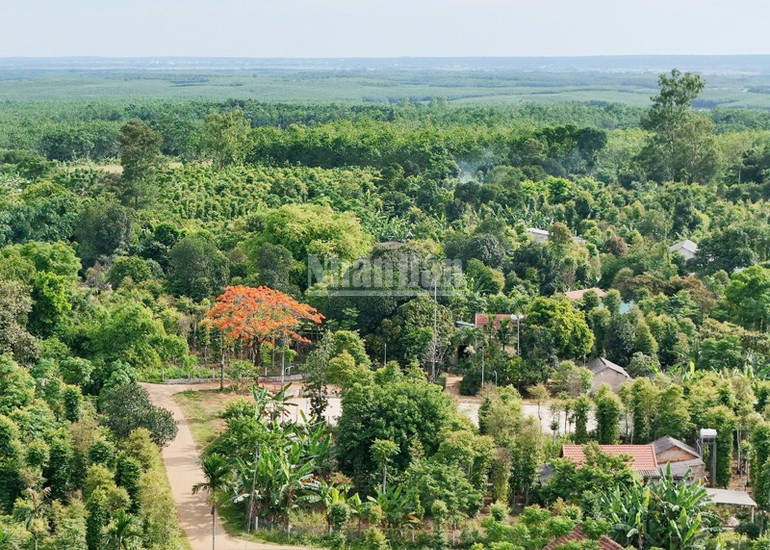
Promoting the patriotic tradition of their ancestors, many Lam families soon followed the Party and the revolution. When the local revolutionary movement developed to a new level with new tasks, especially in the period of 1939-1945, in Gia Binh village, many descendants of the Lam family actively participated in anti-French activities.
Mr. Lam Dai, who had escaped from the country at a young age, secretly participated in revolutionary activities, became a cadre of the Central Region Party Committee, and was later imprisoned by the French colonialists. In 1940, he heroically sacrificed himself in Quang Tri prison when they cut off his head from his neck. From here, Gio An's revolutionary fire flared up into climaxes.
At that time, only 16 years old, Mr. Lam Cong Luy was already a liaison for the revolution. For someone who came from a middle-class, well-off family, Mr. Luy's revolutionary activities made many people admire him. In his mind, doing revolution was not about achieving results, but when the country was invaded, he had to devote himself and be brave to help the revolution defeat the enemy.
In Gia Binh village, one of the people who had a great influence on Mr. Lam Cong Luy was Mr. Lam Cong Tuy, his paternal uncle's son. Mr. Tuy was trained by Mr. Bui Trung Lap, a cadre of the Central Party Committee.
The house of Mr. Luy's parents became an important secret base of the Party. Messrs. Lam Cong Tuy; Pham Chit, Secretary of Gio Linh District Party Committee; Bui Trung Lap, cadre of the Central Region Party Committee; Truong Hoan, Secretary of Quang Tri Provincial Party Committee... often stayed in the house to work.
Mr. Luy's revolutionary mission was to secretly hang revolutionary directives from the leaders on large trees in the middle of the forest, which had been hidden in advance, waiting for the base to come and receive them. Then he received reports from the base to bring back to the comrades who were operating secretly in his house.
Support material printing of Cuu Quoc Newspaper
During the period of 1939-1945, our Party promoted propaganda work, explained the situation of the country, the resistance policy, mobilized people to support the resistance in all aspects such as human resources, material resources, financial resources, gradually gathered forces, and when conditions were favorable, prepared to revolt to seize power for the revolution.
Responding to the demands of the new situation, the Quang Tri Provincial Party Committee Conference held in Gio An Commune, Gio Linh District in May 1941 decided to publish the National Salvation Newspaper. The question arose: where would the money come from to print the newspaper? An urgent and crucial task at that time was to seek the people's financial support.
Understanding the importance of the issue, Mr. Lam Cong Luy mobilized his family, his grandmother and mother, to regularly support him financially, specifically with a large amount of Indochinese silver. Being a middle-class family, with a patriotic spirit early on, when the revolution needed them, they spared no material possessions.
The amount of money that Mr. Luy's family donated amounted to hundreds of tons of silver through Mr. Bui Trung Lap to help the revolution have more money to print newspapers and buy weapons hidden in the walls of the Lam family church.
Mr. Luy witnessed many times Mr. Bui Trung Lap and his brother Lam Cong Tuy receiving Indochinese silver coins from their grandmother and mother to take away. Not long after that, the National Salvation Newspaper No. 1 was printed. Mr. Bui Trung Lap himself handed over the National Salvation Newspaper No. 1 to Mr. Luy to deliver to each revolutionary base in joy.
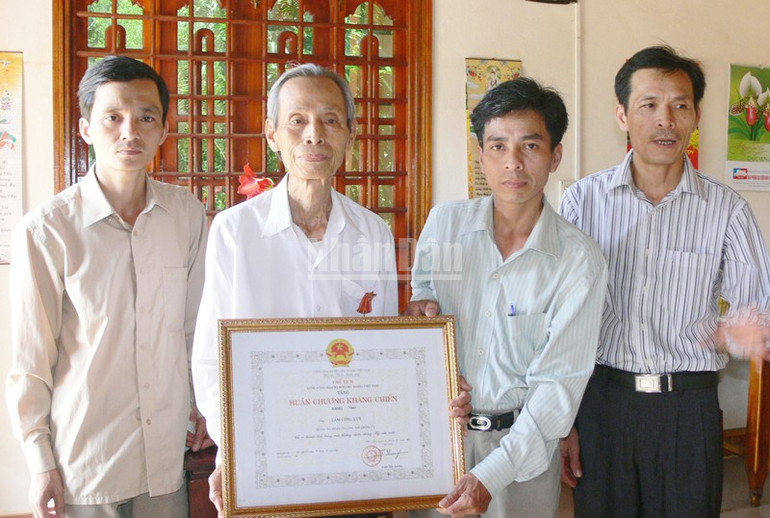
Historical documents of Quang Tri revolutionary press, period 1928-2009 clearly state: The printing agency of Cuu Quoc Newspaper was initially located in An Khe village, then moved to the house of Mr. Hoang Van Luan in Gia Binh village, Gio An commune. Issue 1 of Cuu Quoc Newspaper was published on July 25, 1941, issue 2 was published on October 6, 1941. Each issue was published with 300 copies. The main content of the issues explained the Party's guidelines and policies; propagandized and mobilized the masses to prepare and gather revolutionary forces.
By early 1942, the Viet Minh Front Committee from the province to the grassroots level was established, and the province changed the newspaper's name to Co Khoi Nghia because the Cuu Quoc newspaper had the same name as the newspaper of the Central Viet Minh Front (now Dai Doan Ket Newspaper).
After the August Revolution succeeded, Mr. Luy's family continued to be a trusted base. After this period, Mr. Luy's family often welcomed another important person who often stayed to discuss work with Mr. Lam Cong Tuy and his comrades, that was Mr. Tran Trong Tan (later Secretary of the Quang Tri Provincial Party Committee, then Head of the Central Ideology and Culture Committee, Standing Deputy Secretary of the Ho Chi Minh City Party Committee).
Mr. Luy joined the Party and continued to hold positions in the commune and Gio Linh district until 1954, when peace was restored. After July 1954, the Gio An commune Party Committee arranged for Mr. Luy to stay in the locality to work secretly.
In 1956, the base was exposed and Mr. Luy was arrested by the enemy and imprisoned in Quang Tri prison. Released from prison for the first time in 1964, Mr. Luy returned to his hometown and continued to participate in the revolutionary movement. Because the base was exposed again, in April 1965, Mr. Luy was once again arrested by the enemy and imprisoned until the end of 1968 in Thua Phu prison in Hue.
Always uncooperative with the enemy, having just been released from prison for the second time at the end of 1968, Mr. Luy proactively connected with the revolutionary base, continued to participate in internal activities, and was a secret base of operations in Quang Tri town until May 1972, when Quang Tri province was liberated.
The file of the National Police Department of the Republic of Vietnam regime that we have stated: "Lam Cong Luy is a special case, with a high level of culture, deep understanding, a former political prisoner, a Communist Party member, a secret base, the person concerned may hold an important position in their leadership, but did not honestly declare, and was not a medic in An Nha village, we recommend solitary confinement".
Gio An Commune Party Secretary Ho Xuan Hai said that during the days when Gio An Commune was writing the history of the Commune Party Committee, Mr. Lam Cong Luy was invited as one of the important witnesses of his hometown and the Party. He contributed significantly to the formation of the Commune Party Committee history book.
The contributions of his family and himself to revolutionary journalism and to the Fatherland to help liberate the nation and unify the country, although modest compared to others, are like miraculous treasures for his descendants to continue to nurture and live a useful life for society.
Source: https://nhandan.vn/noi-uom-mam-va-lan-toa-tieng-noi-cuu-quoc-post888010.html



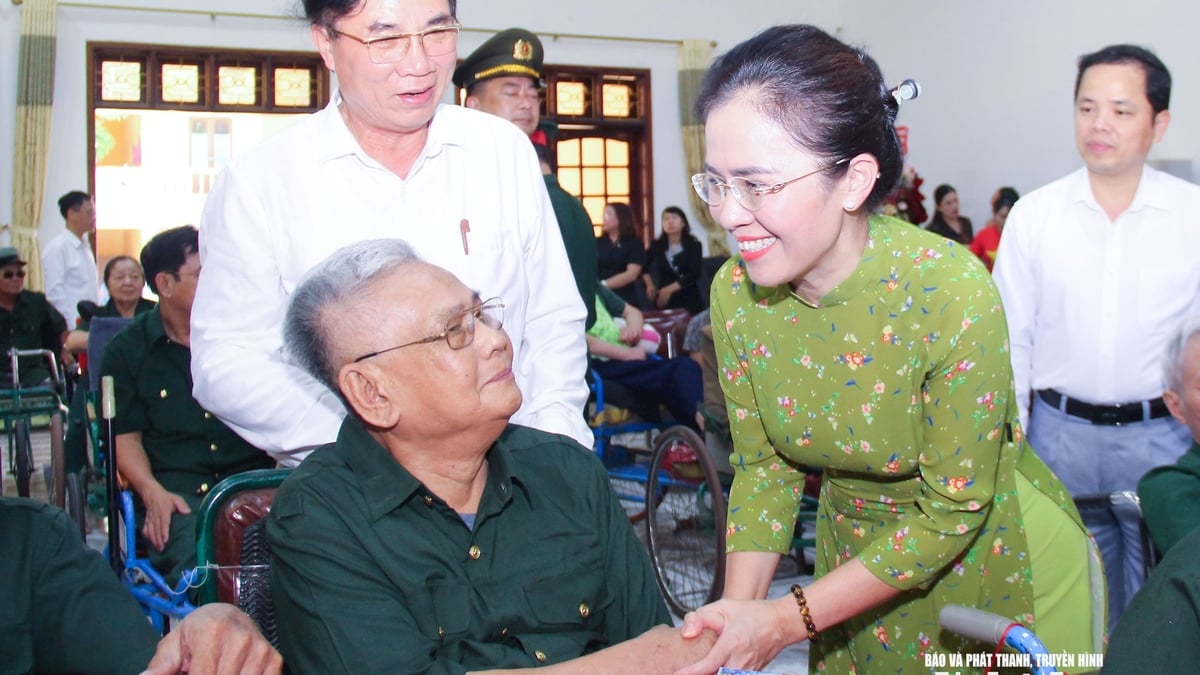
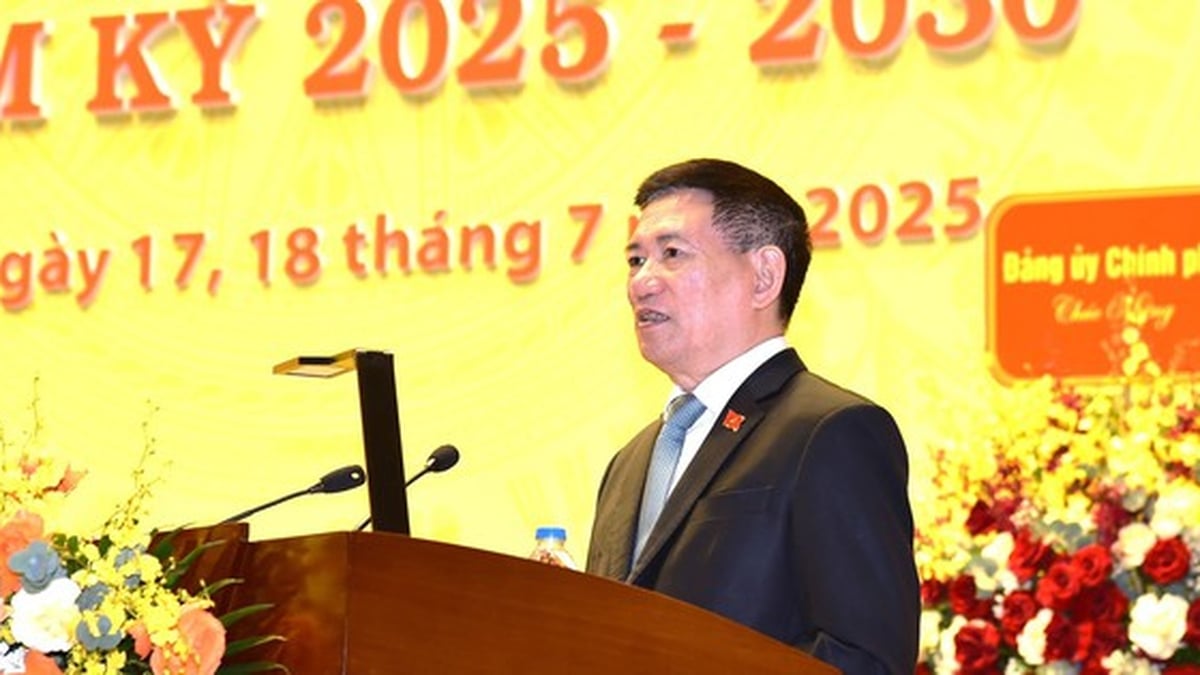

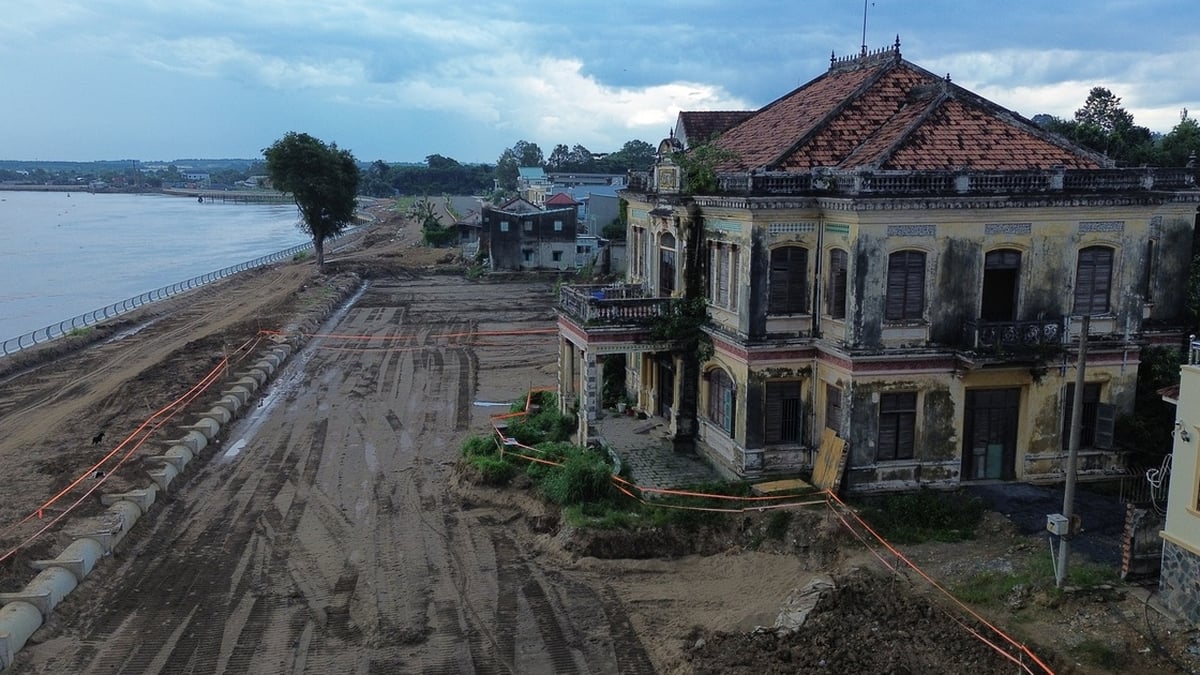
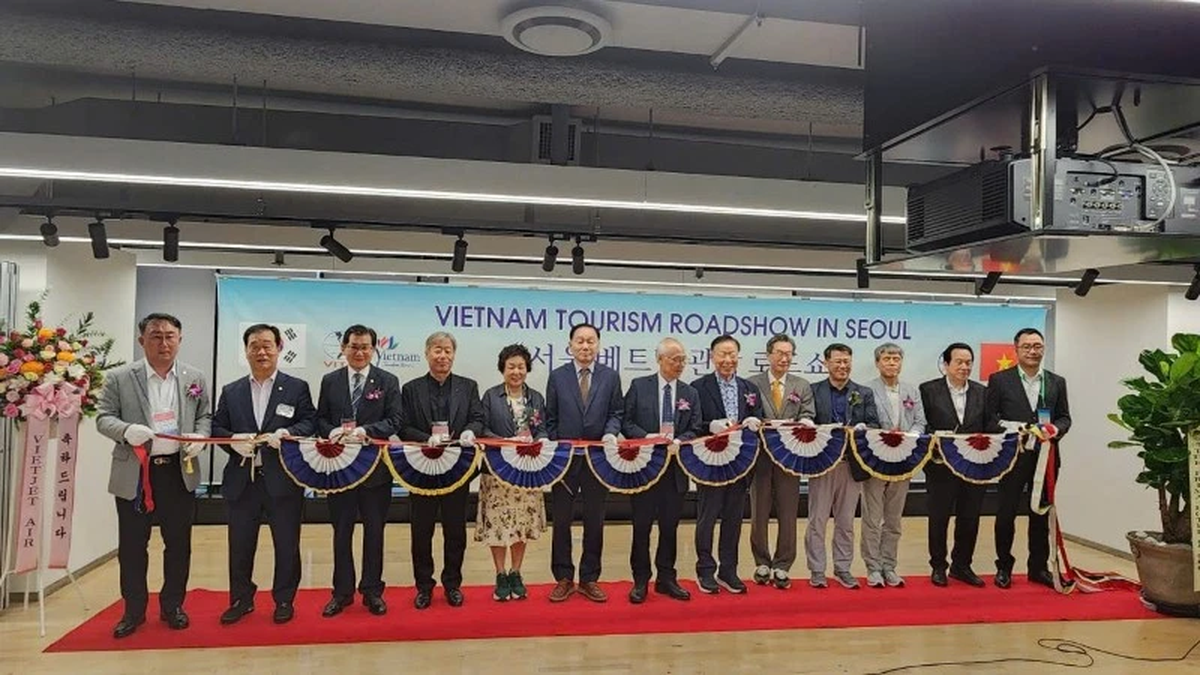
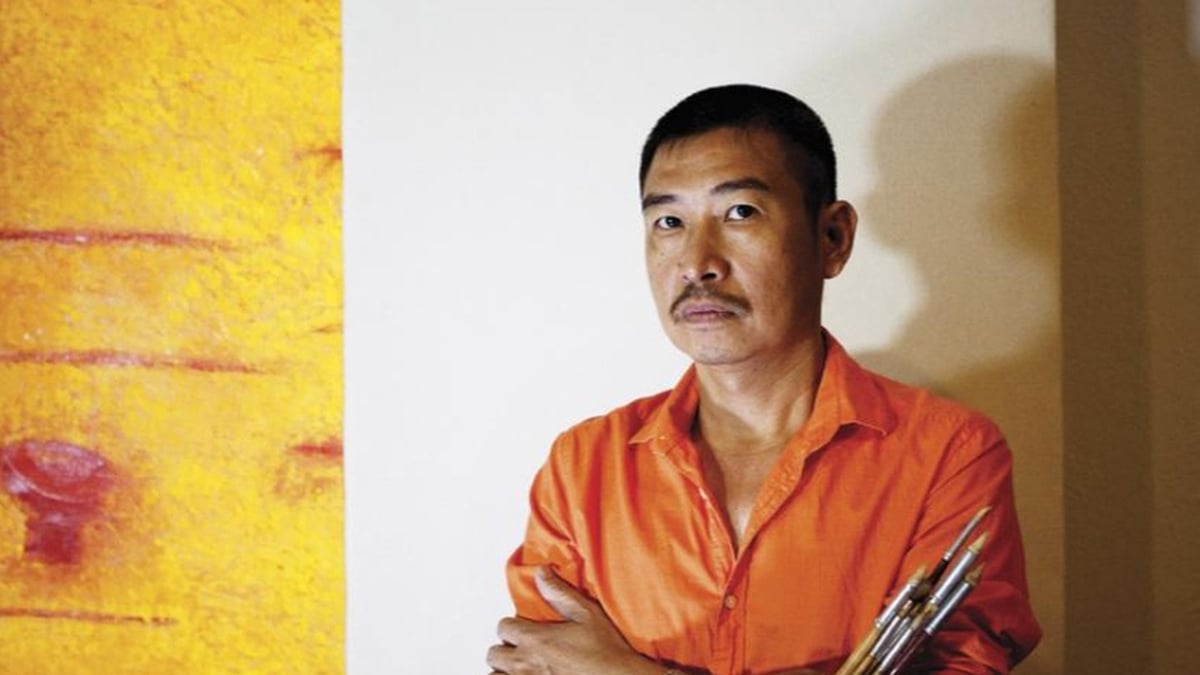
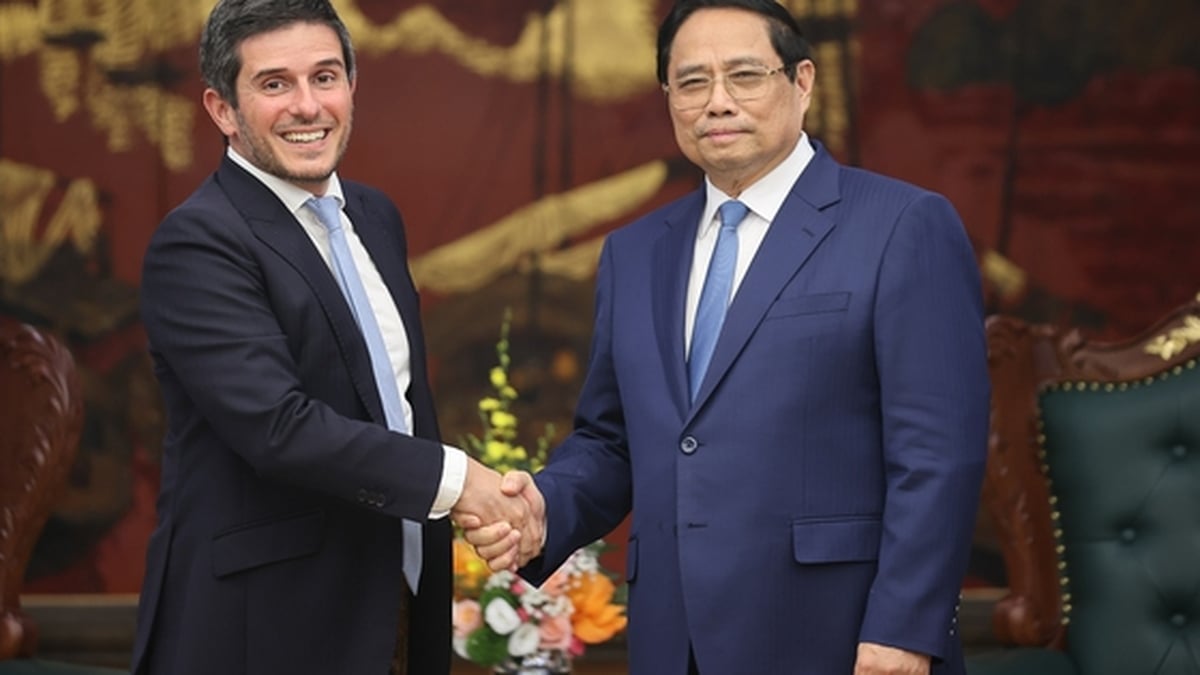
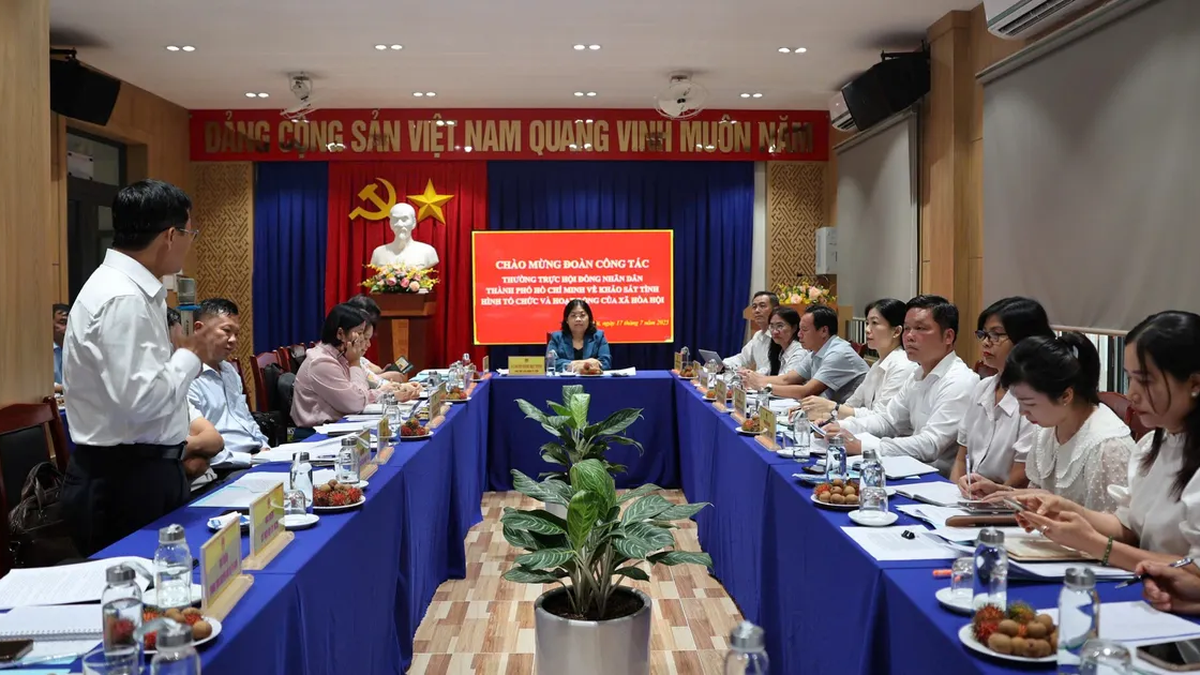
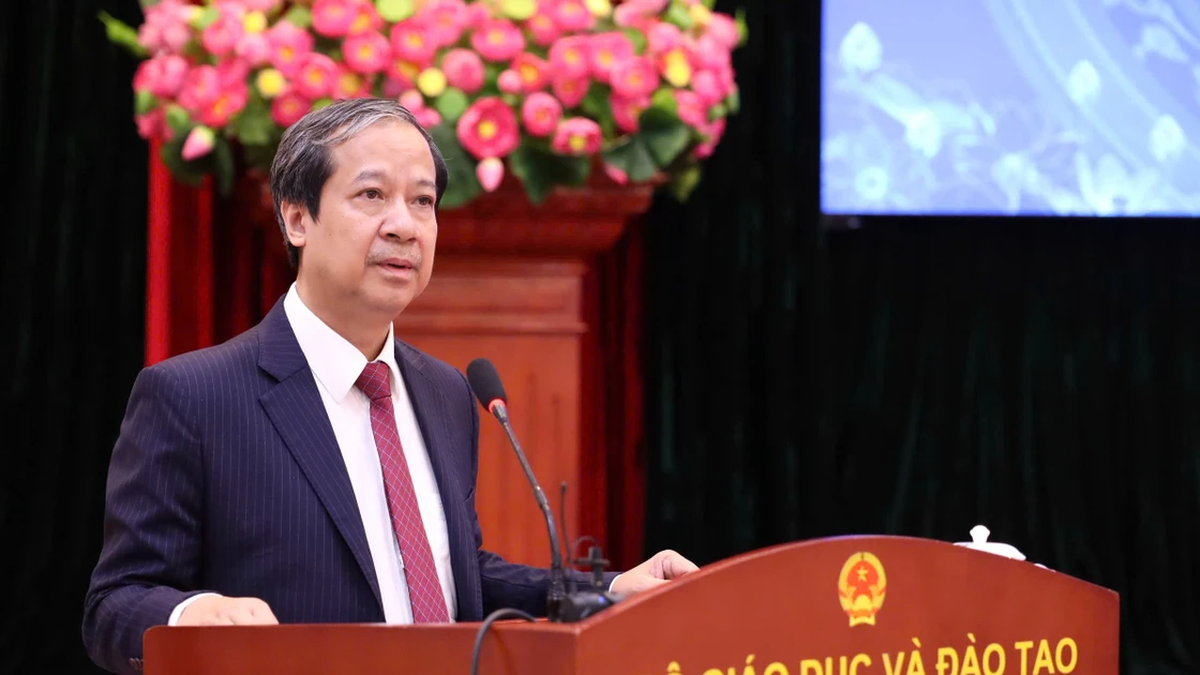




















































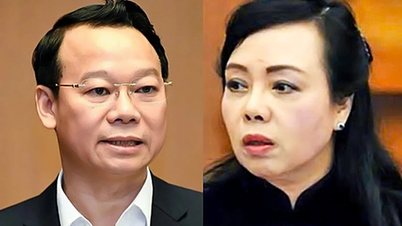
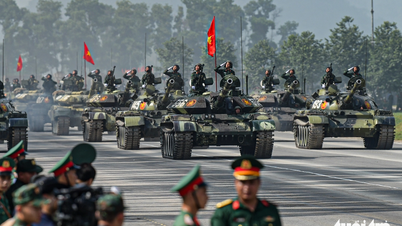

































Comment (0)